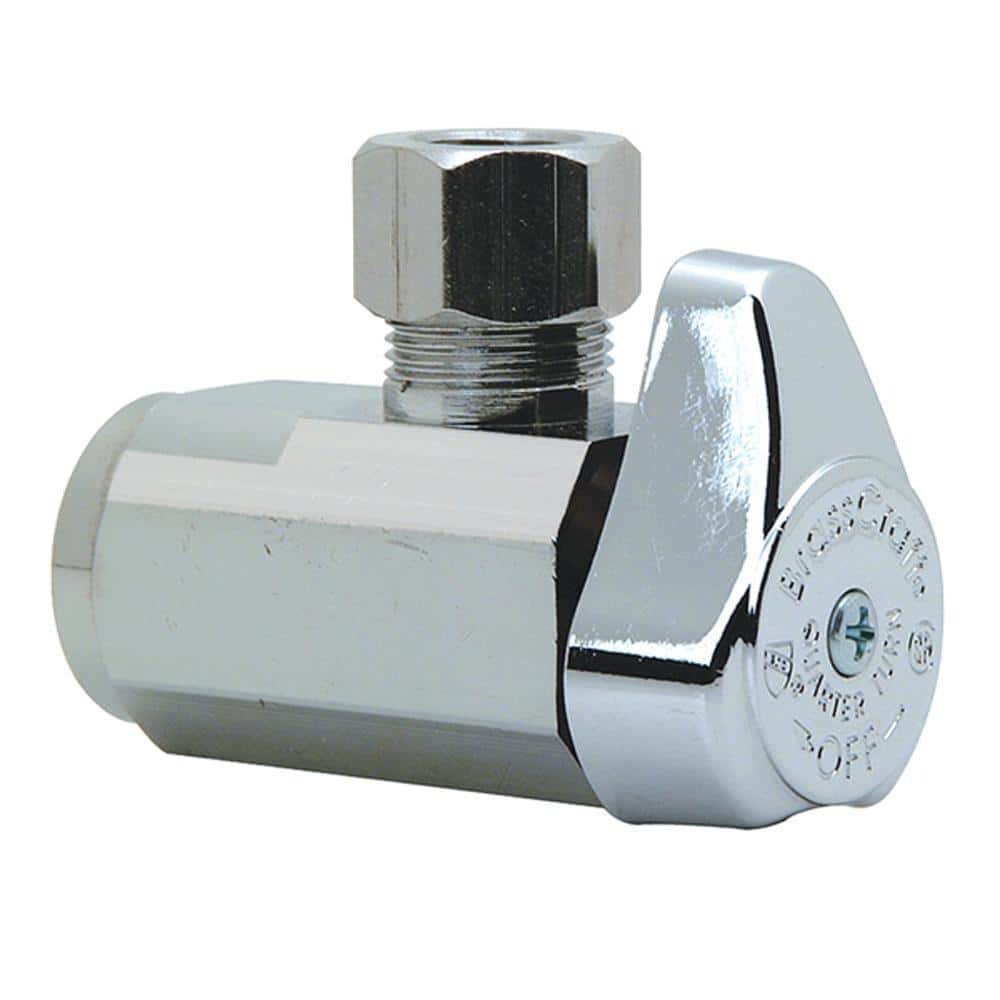Murphysf
Member
Hi
In the attached photo of a toilet shut off valve is the connection to the nipple coming out of the wall a FIP connection?
Question number two, the outside diameter of the nipple is about .95 inches is this a 1/2 in nipple?
If so I am thinking of getting this


In the attached photo of a toilet shut off valve is the connection to the nipple coming out of the wall a FIP connection?
Question number two, the outside diameter of the nipple is about .95 inches is this a 1/2 in nipple?
If so I am thinking of getting this

BrassCraft 1/2 in. FIP Inlet x 3/8 in. Compression Outlet 1/4-Turn Angle Valve G2R17X C1 - The Home Depot
BrassCraft 1/2 in. FIP Inlet x 3/8 in. O.D. Compression Outlet 1/4-Turn Angle Valve controls water flow to household plumbing fixtures - faucets, toilets, dishwashers, icemakers, washing machines, etc.
www.homedepot.com
